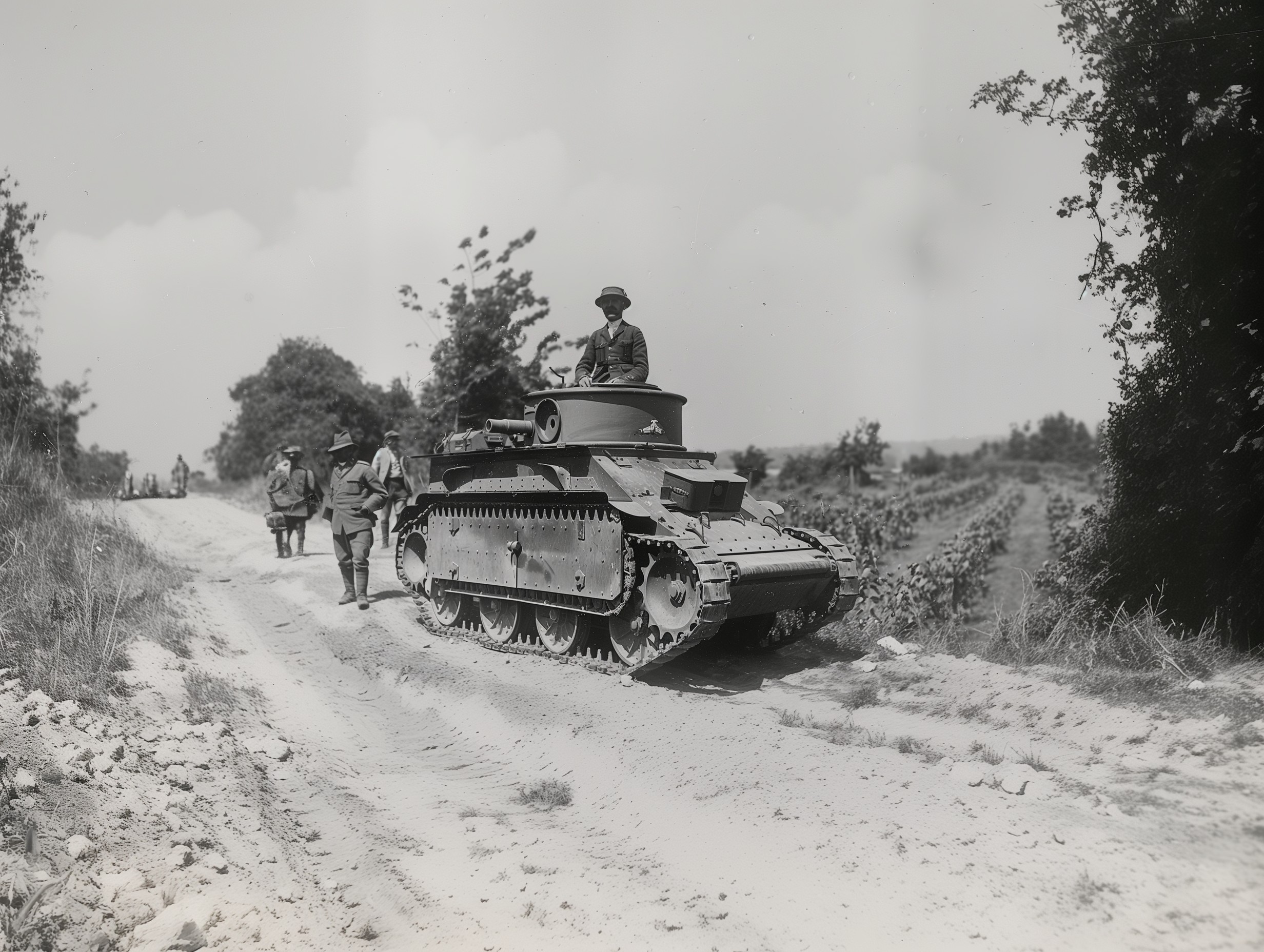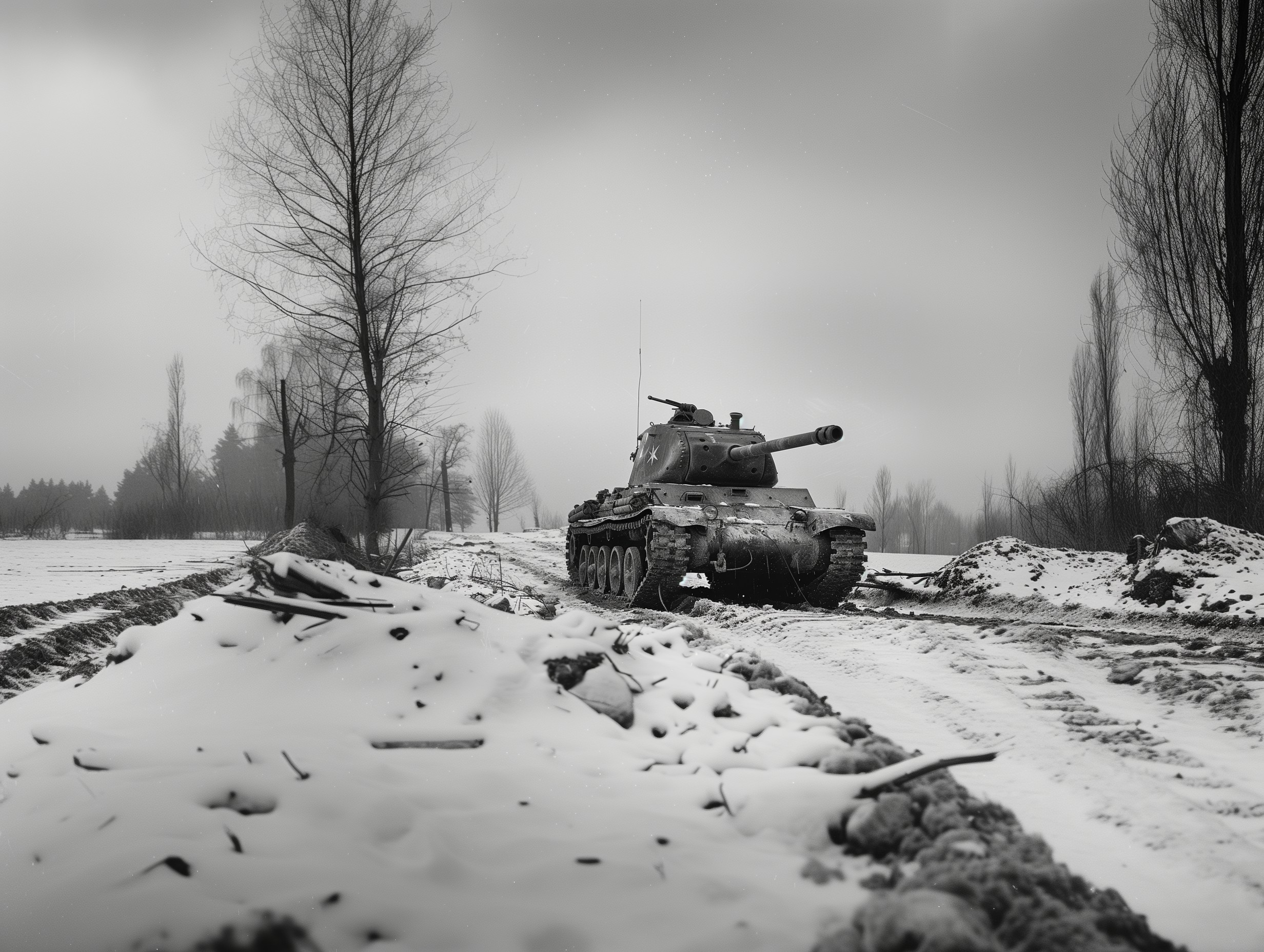Hetzer Bastogne History
The Hetzer, officially known as the Jagdpanzer 38, played a pivotal role during the Battle of the Bulge, which took place near Bastogne, Belgium, in World War II. This German light tank destroyer was renowned for its excellent maneuverability and the formidable firepower it brought to the battlefield.
Introduced in 1944, the Hetzer was designed to counter the increasing threat of Soviet armor. It featured a low profile and a powerful 75mm gun, making it a formidable opponent for Allied tanks. The Hetzer's deployment around Bastogne was part of Germany's last major offensive in the Western Front, aiming to capture the strategic town and cut off Allied supply lines.
Despite the harsh winter conditions and the tenacity of the Allied forces, the Hetzer units engaged in intense combat around Bastogne. Their effectiveness in the dense Ardennes forest showcased the vehicle's strengths in ambush and defensive operations. However, the Siege of Bastogne ultimately ended in an Allied victory, marking a turning point in the war in favor of the Allies.
The Hetzer's legacy in the Battle of Bastogne is a testament to its design and capabilities, highlighting its role in one of World War II's most significant battles.

